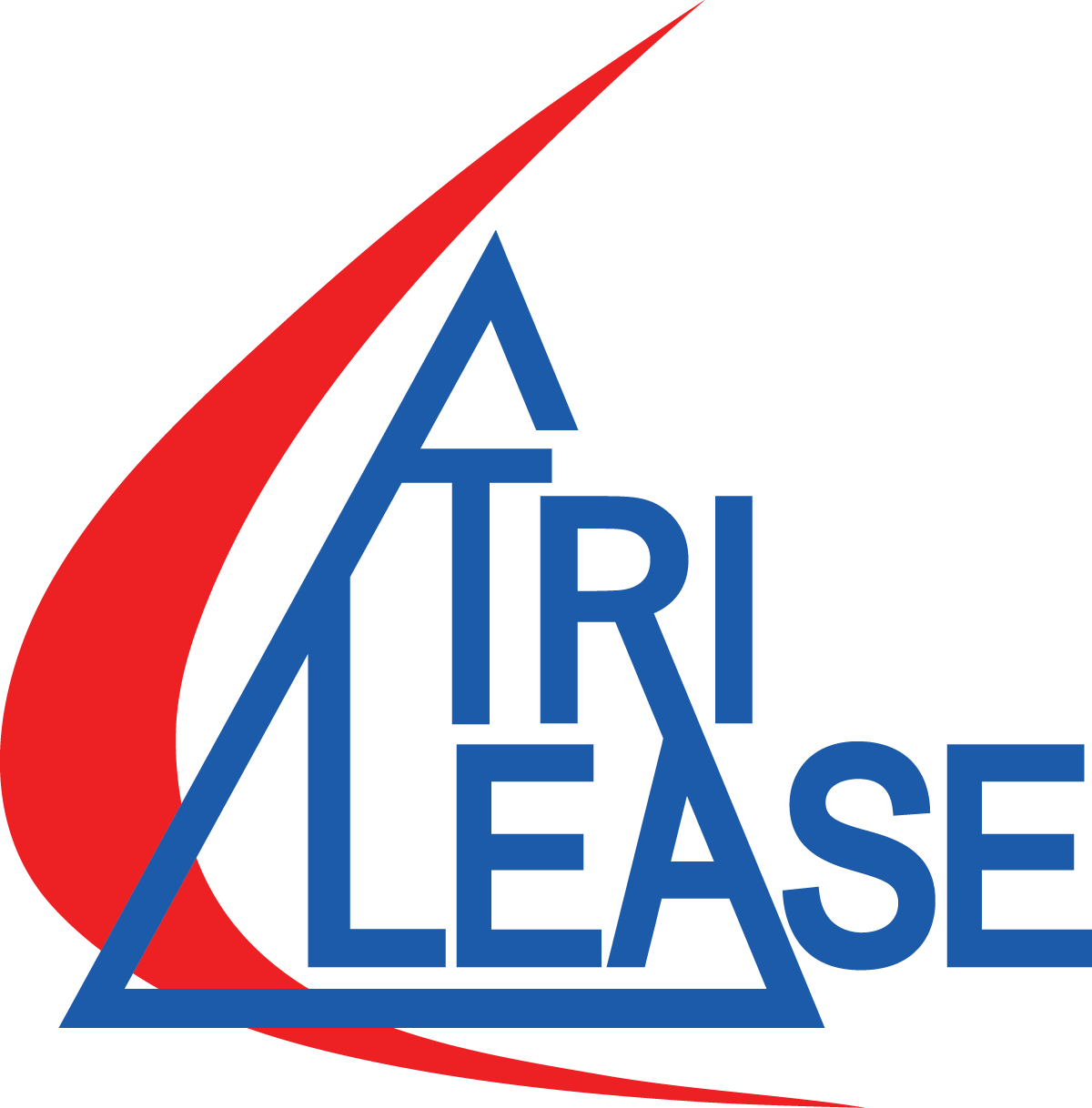Glossary of Commonly Used Terms
Free Quotes | Over 30 Years of Experience
-
Add-on Equipment
When additional equipment is financed using the same terms as the original transaction. The length of the add-on is always shorter, because it expires on the same date as the original equipment lease.
-
Advance Payments
A lease / loan payment made ahead of its normal schedule. These payments are typically applied to the owed portion of the lease.
-
Amortization
An accounting technique used to periodically lower the book value of a loan or intangible asset over a set period of time.
-
Amortization Schedule
An accounting technique used to reduce the current balance on a loan.
-
Application Only
When an equipment lender grants credit using only the information submitted on a credit application rather than requiring financial statements and/or tax returns.
-
Authorized Signature
Signature by a person authorized to enter the company into a financial obligation.
-
Automated Clearing House Network (ACH)
An electronic funds-transfer system that facilitates payments in the U.S.
-
Buyout
The amount a lessee must pay in order to terminate the equipment lease in advance of the expiration date.
-
Capital Lease
Usually long-term and non-cancellable and is used to lease equipment that the company wants to use in the long term or purchase at the end of the lease period.
-
Cash Flow
Measures how much cash is generated by a company's normal business operations. It also shows whether a company can generate enough cash flow to maintain and expand operations.
-
Corporate Resolution
A written statement created by the board of directors of a company detailing a binding corporate action. It can also prove that the person signing the lease document can execute lease agreements on behalf of the entire company.
-
Credit Report
A detailed breakdown of an individual's credit history prepared by a credit bureau.
-
Credit Bureau(s)
Collect financial information about individuals and create credit reports based on that information (Equifax, Experian, and TransUnion).
-
Credit Scoring
A statistical analysis provided by Credit Bureaus to determine a person’s ability to borrow money. Usually a number between 300 and 850, 850 being the highest.
-
Cross Corporate Guaranty
An arrangement between two or more related companies to provide a guarantee to each other's obligations. Provided that the two or more corporations share the same ownership.
-
Debtor
The individual receiving the money and who is responsible to pay back the loan / lease.
-
Default
The failure to repay a debt including interest or principal on a loan / lease.
-
Depreciation
An accounting term that refers to the allocation of cost over the period in which an asset is used. In a business, the cost of equipment is generally allocated as depreciation expense over a period of time known as the useful life of the equipment.
-
Documentation
The contract that states terms and conditions set out in a lease or a loan agreement.
-
Documentation Fee
Fee charged to the borrower for the processing of the lease or loan as well as other insurable costs.
-
Dollar Buyout ($1 Purchase Option)
Option at the end of the equipment lease to buy the leased equipment for $1.
-
Down Payment
Payment made in cash during the onset of the purchase of an expensive good or service. In some cases, a percentage of the full purchase price.
-
Dun & Bradstreet
A corporation that offers information on commercial credit as well as reports on businesses. They are recognizable for its Data Universal Numbering System (DUNS numbers).
-
Electronic Funds Transfer (EFT)
The transfer of money from one bank to another using their computer systems.
-
Equipment
All the fixed assets other than land and buildings of a business enterprise.
-
Equipment Dealer (Vendor)
One who provides equipment for sale to the end-users.
-
Equipment Finance Agreement (EFA)
A contractual agreement where the lessor, who is the owner of the equipment, allows the lessee to use the equipment for a specified period in exchange for periodic payments.
-
Equipment Schedule
Identifies all assets being financed and generally includes model and serial numbers and signed by the borrower. It is intended be identical to the equipment vendor's invoices, and becomes the defining document in the event of an asset dispute.
-
Estimated Residual Value
The estimated value of a fixed asset at the end of its lease or at the end of its useful life.
-
Estimated Useful Life
Estimated time period that the leased or financed equipment is expected to be useful.
-
Exemption Certificate
Document exempting a lessor/borrower from paying sales tax on the equipment being leased or financed.
-
Fair Market Value
The price that property would sell for on the open market. This value is generally determined by an independent, knowledgeable third party.
-
Fair Market Value Purchase Option (FMV)
Gives the customer the right, to buy a leased asset at the end of the lease term for a price that represents the item's then-current worth.
-
Finance Lease
It gives the customer exclusive rights to use and possess property or equipment for a monthly fee over a specified period.
-
Financial Statements
Shows business activities and the financial performance of a company. They include the profit and loss statement (income statement), the balance sheet, and the statement of cash flows.
-
Funding Source
The act of providing financial resources, usually in the form of money, to help with a need and / or project, by an organization or company.
-
Guarantee (Personal / Corporate)
A legal promise to repay the loan/lease to a business for which they serve as an executive or partner. This means if the business becomes unable to repay a debt then the individual is personally responsible.
-
Guarantor
Acts as co-signer on a lease/loan. They pledge their own assets or services in case the original borrower cannot perform their obligations.
-
Insurance
Financial protection or reimbursement against casualty loss, risks, and damages.
-
Interim Rent
A one-time daily rental charge for a period of time between the day the equipment is delivered and/or accepted and the first invoice date. It is a partial payment for using the equipment during a partial month, and is billed to the borrower on the first invoice.
-
Lease Agreement
Contractual agreement between the lessor and the lessee that conveys the use of an asset for a specified period of time at a predetermined payment and other specified requirements.
-
Lease Commencement
Date the equipment is accepted and verbal authorization is completed.
-
Lease-Document(s)
A signed contract by both parties, outlining the terms under which one party agrees to pay for property owned by another party.
-
Lease Rate Factor
Numerical factor multiplied by total cost of equipment to calculate monthly payments.
-
Lease Schedule
A formal attachment to a lease agreement, describing the leased equipment, rentals, lease term, and other applicable terms to the lease.
-
Leasing Line of Credit
The maximum amount of funding designated by the lessor for a lessee to use over a fixed commitment period.
-
Lender
The person to whom the debt is owed.
-
Lessee
The person in a lease agreement who is obligated to pay installments to the lessor, and is entitled to use and possess the leased equipment during the lease term.
-
Lessor
The owner or the title holder of the leased asset or property.
-
Off-Balance Sheet Financing
An accounting practice whereby companies record certain assets or liabilities in a way that prevents them from appearing on the balance sheet.
-
Operating Lease
Usually short-term and cancellable before the expiry of the lease period, but usually with a penalty.
-
Purchase Option
Allows the borrower to purchase the leased equipment at the end of the lease term for either a fixed amount or at future fair market value of the leased equipment.
-
Sale-Leaseback
Transaction involving the sale of equipment to an equipment leasing company, and subsequent leasing of the same equipment to the original owner, who continues to use the equipment. This lease is generally used when the lessee desires additional cash for their business.
-
Schedule-A
An income tax form that U.S. taxpayers use to report their itemized deductions, which can help reduce their federal tax liability.
-
Section 179
Section 179 of the IRS Tax Code allows a business to deduct, for the current tax year, the full purchase price of financed or leased equipment and off-the-shelf software that qualifies for the deduction. To learn more about section 179 click here.
-
Small Business Loan
Also known as Working Capital. This kind of loan is used to finance short-term operational costs and have short repayment terms.
-
Soft Costs
This can be freight, software, labor, consulting services, and other intangible items. Many equipment financing companies only allow a certain percentage of the total transaction to include soft costs. Because these costs can generally not be recovered in case of default, they increase the inherent risk of the lease or loan.
-
Tax-Exempt Entity
These entities (for federal income tax purposes) include:
- Any federal, state or local government (including their agencies and instrumentalities)
- Any organization that is exempt from federal income taxes, such as non-profit charitable organizations
-
Uniform Commercial Code (UCC)
A standardized set of business laws that regulate financial contracts and make it easier for entities in different states to transact with each other.
-
Uniform Commercial Code Financing Statement (UCC-1)
A document which serves as a lien on commercial property in a business loan.
-
Upgrade
A trade-in of leased or financed equipment, during the term of the lease or loan, for a newer, more advanced model.
-
Vendor Program
Working relationship between an equipment financing company and an equipment vendor to provide financing to the vendor's customers.
-
Verbal Authorization (Delivery/Acceptance)
Indicates that the asset has been delivered to customer. This is generally the final step by the borrower and signals the funding source that they may remit payment to the vendor.
-
Working Capital
Also known as a Small Business Loan. This kind of loan is used to finance short-term operational costs and have short repayment terms.
Glossary Disclaimer - This glossary is an easy-to-use guide to some of the more frequently used equipment financing/leasing terminology and vocabulary. Every effort has been made to present accurate and up-to-date definitions. This industry is complex and rapidly changing, and that is why this glossary should be used as a resource, and not as an authority.
Websites used as a reference to create this glossary of terms:
- Dictionary By Merriam-Webster; America's Most-trusted Online Dictionary;
https//www.merriam-webster.com/dictionary
- Investopedia;
https//www.investopedia.com ; Finance Articles - Self Study Guides To Learn Finance;
https//corporatefinanceinstitute.com/resources/knowledge/finance
- Bizfluent;
https//bizfluent.com/
- Upcounsel;
https//www.upcounsel.com/corporate-guarantee
- Online Business Dictionary - https://www.bdc.ca/en/articles-tools/entrepreneur-toolkit/templates-business-guides/glossary



Share On Social Media: